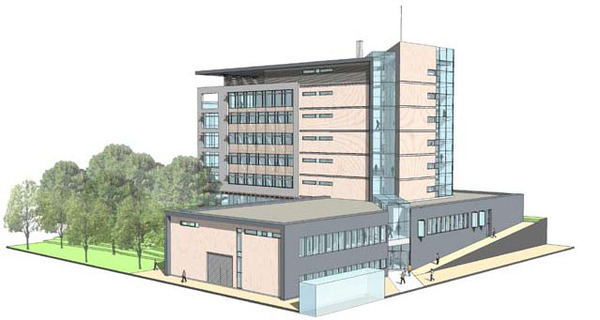| << Chapter < Page | Chapter >> Page > |
The MNC set up four key panels to govern over specific areas for the Centre:
The aim of the recently funded (2009) Centre for NanoHealth (CNH) aim is to deliver the next generation of Healthcare via the application of Nanotechnology as described above. CNH will achieve this through research&development, demonstration and deployment, and Skills innovation system. In doing so, the goal of CNH is to underpin the development of skills and enterprise people required for Wales to realise its potential in an emerging nanotechnology sector.
CNH has identified that future healthcare lies in new novel technologies that permit early disease intervention, supported by new diagnostics and treatments in non-hospital environments e.g., the home, community clinic or local General Practitioners (GP) surgery. With the key being rapid intervention at the earliest possible instance for disease detection and treatment through the use of therapeutic devices, sensors, diagnostics and other applications.
The £20 million CNH project will firmly establish the region as a world leading interdisciplinary centre offering a Research and Development, Demonstration and Deployment, and Skills innovation system for NanoHealth, where basic research is fed into the Centre from the MNC and ILS in Swansea (see [link] ).

CNH brings together, within a single physical and state of the art facility, Clinicians from the local Trust Hospital, Life Scientist Researchers from Swansea University’s School of Medicine and Engineers/Physical Researchers from Swansea’s School of Engineering to work closely with business to deliver innovations in healthcare. The CNH goal is to be a multidisciplinary environment integrating specialist facilities for nano-fabrication, nano-characterisation, and biomedical development, coupled with the added benefit of business incubation space, which is adjacent to a clinical research unit and hospital. The Centre aspires to support the ambitions of the Science Policy by delivering personalised medicine solutions and enhanced diagnostics capabilities, for treatment in the home and community outlets, not only support the economic development agenda but also transform the way in which healthcare is delivered.
The Centre for NanoHealth ( [link] ) is funded through Convergence funding and is tasked with not only research but also to assist Welsh SMEs to work on the development of new healthcare technologies from initial concept to the point where they can be deployed commercially. Within Wales the private sector, and in particular Welsh SMEs, are not likely to be able to invest adequately in the initial R&D area due to the lack of funds, preventing them from capitalising on any returns relative to the costs and risks involved. The role of the CNH is to address this failure by providing the region with the required infrastructure to facilitate a level of investment from the private sector to develop new technologies in the area of NanoHealth; ultimately returning wider economic, health and environmental benefits to the Southwest Wales region.

CNH will provide a world-class infrastructure for the commercialisation of science based around one of the three key themes targeted by the Science Policy: Health. It will actively attract inward-investing R&D activity and create a pipeline of opportunities, which it can incubate and develop. Adding to developing a regional ‘critical mass’ of activity, supporting an emerging life science cluster and linking directly to healthcare provision in Wales.

Notification Switch
Would you like to follow the 'Nanomaterials and nanotechnology' conversation and receive update notifications?